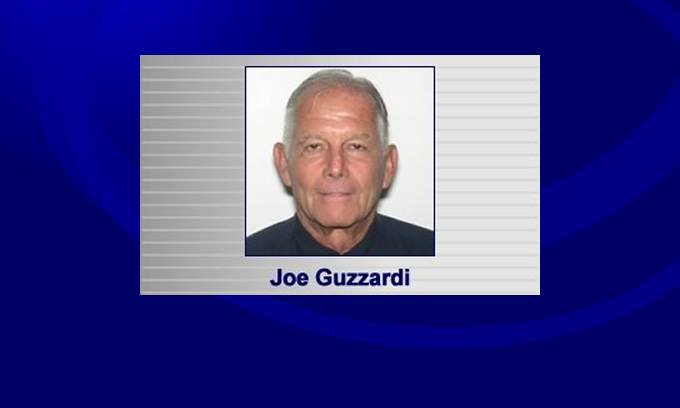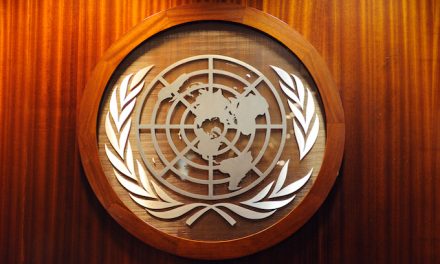While the Central American border crisis continues, another migratory challenge for the United States is unfolding. Just as Mexico facilitated Central American minors and so-called family units to illegally cross into the Southwestern United States, it’s also playing an enabling role for Africans seeking entry.
An Associated Press story reported that the Mexican immigration agency issued 20-day transit visas to 424 African nationals from the Congo, Somalia and Ghana who had traveled to Chiapas from Brazil or Ecuador. Upon arrival at the U.S.-Mexico border, the Africans plan to request amnesty. Officials on both sides of the border have issued an all-too-familiar refrain. The African migrant surge, the officials claim, represents an “unusual spike” and is the result of a crisis back home, the same argument that’s been advanced in defense of the Central American flow.
A South American policy allows the “free transit” of immigrants throughout the continent. Then, Ecuador, Costa Rica, Nicaragua and Panama facilitate the process by transferring foreigners towards Mexico based on the understanding that Mexico will help them enter the U.S. and petition for asylum. Last week, the Department of Homeland Security asked for help from Mexico and Latin America in stemming the tide. But earlier, DHS border interventions with Central American foreign governments failed.
How the penniless migrants pay for the 5,000-mile journey from Africa to South America is an unanswered question. Once in Brazil, the migrants buy fake passports, are smuggled into Panama and then head through Central America toward Mexico’s porous southern border. But document forgers and smugglers insist on being paid, and the migrants are without financial resources. The prevailing opinion among U.S. security experts is that ISIS funds the trips and related expenses.
Many European countries have finally instituted stricter border controls which has made the U.S. a preferred destination, and increased pressure on the San Ysidro port of entry between San Diego and Tijuana. According to Reuters, between October 2015 and May 2016, U.S. border patrol agents apprehended 5,350 African and Asian migrants at the Southwest border, up from 6,126 in fiscal year 2015 and 4,172 in fiscal year 2014.
However, the true incentive for the African migrants, or any other nationality, is their confidence that once they get to the U.S. border, they’ll be admitted, allowed to stay, and eventually granted refugee status that includes permanent residency, welfare and subsequent citizenship. The Obama’s immigration and amnesty largesse is well-known worldwide, and has encouraged thousands to make the trek across the globe to come to America. Because it offers the certainty of never being deported, a DHS program, Temporary Protected Status, provides more incentives to prospective African migrants. TPS was granted to Guinea, Liberia and Sierra Leone several years ago, and was extended in 2014. Somalians first received TPS in 1991, and it’s been renewed multiple times since.
Despite the security risks that some African migrants from terrorist-sponsoring nations like Somalia pose, they’re on the way. As one Customs and Border Protection official told Reuters, “The reality is that the vast majority of the people that Mexico encounters that are extra-continental will eventually end up on our border.”
A Californians for Population Stabilization Senior Writing Fellow, Joe Guzzardi can be reached at [email protected] and found on Twitter @joeguzzardi19.
—-
This content is published through a licensing agreement with Acquire Media using its NewsEdge technology.



















Recent Comments